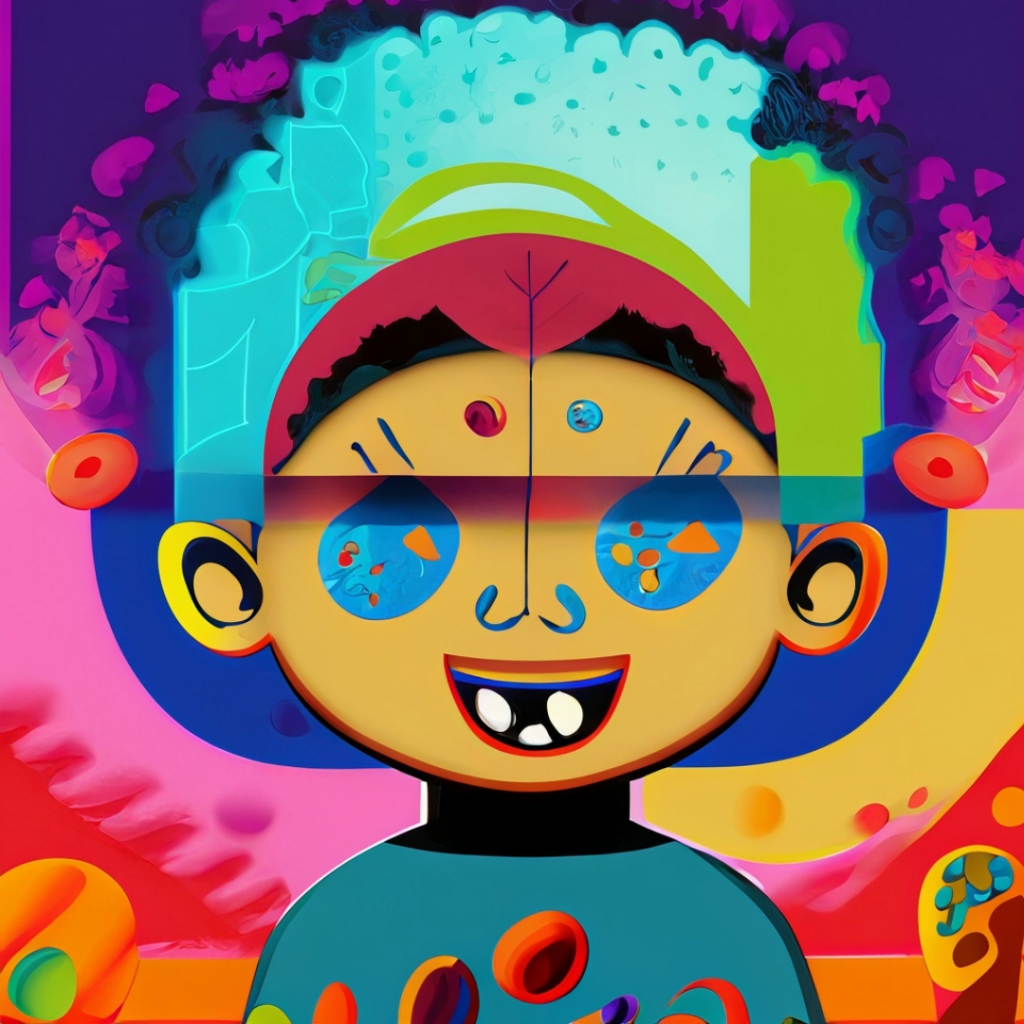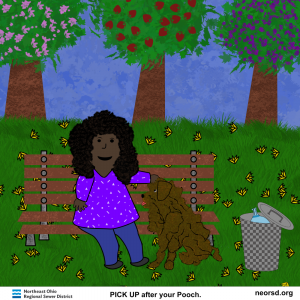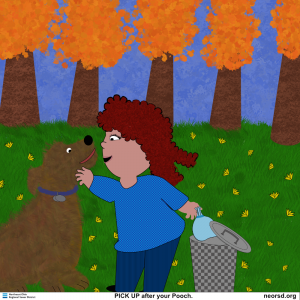Color plays a significant role on the planet where we live. Color can sway thinking, alter actions, and bring about a variety of reactions. It can disturb or soothe one’s vision, increase your circulatory pressure, or suppress your craving. Color is irreplaceable as we are constantly surrounded by it, and all we see is reflected in color, which is why they have such an extraordinary impact on our emotions. While some colors can make us feel cheerful, others can prompt despair. In the same way, color can also give rise to outrage or fervor. The way that colors impact us is far beyond what we imagine. For children, colors mean much more to their sensitive and profoundly inventive internal world in terms of imagination and their beliefs.
As you may have noticed, little youngsters love color! It catches their eye and grabs their attention. A child is brought into the world with monochrome vision and can’t distinguish between colors. Only at approximately eight months is their color vision completely developed. By three to four years old, a youngster can begin to perceive and name basic colors due to regular exposure. Color can energize, while it also helps with their learning by influencing emotions, productivity, and learning.
Familiarity with various colors is important for object recognition as colors create the cognitive link between visual cues and words, such as red indicating a threat or a signal to halt (e.g., traffic light). Color is useful outside of the usual educational program as well — knowing the contrast between a red and a blue colored indicator on a faucet lever or handle. Having the ability to perceive the message associated with a certain color is an invaluable skill to have.

Colors resemble games through exciting aspects of visual communication to children. If you so wish, you can become familiar with the language of colors to make better playmates who will breathe life into their effectively colorful inward worlds. In this manner, their imaginations will be created, their focusing skills will improve, and their psychologies will be positively influenced. Thus, we must show sensitivity where schools are concerned. We are, for the most part, mindful of the significance of the school personnel, building structure, and instruction material accessible in institutions of training. We should show the same sensitivity for colors. The consideration for colors giving the means to better learning and support both physical and emotional wellness is important.
With regards to color in the learning condition, work trumps aesthetics. Color patterns and other such frivolities have no force here. The science of color psychology is the reason to pick a blue over a red or an orange over a purple. The professional color palette can upgrade the absorption of data and encourage the reasoning process. The age of the students is a significant factor to consider. As per Frank Mahnke (Color, Environment, and Human Response), there are age guidelines to follow. Preschool and primary school students favor the hotter side of the palette (red/orange/yellow) while the secondary school and post-secondary level students float towards the cooler side of the color wheel (blue/green/mauve). These cooler tones assist support with studying and increase quiet, and work with focus as well as level out hormones! As with anything, however, it’s an exercise in careful control that shouldn’t be uneven on the color wheel.
School entrances and hallways are an incredible stage to show school colors (network) and use stronger colors to inspire vitality in the stroll between classes, offset with neutrals. The assortment is significant in the measure of assortment. A very small assortment of colors can set up patterns of fatigue and introversion. On the other hand, an excess of color can strain the brain with overstimulation. Indeed, even inside the classroom itself, the assortment of colors has demonstrated the support of the learning process and diminished eye strain and weariness. The atmosphere we need in a classroom might be two-overlay – for instance, in one kind of classroom, quiet, pale, nonpartisan works for most of the stay with the front divider in a practical mid-tone that allows the students to irregularly rest their eyes from the high contrast of the content they are absorbing. To make it a stride further, a support color can become an integral factor at the rear of the space to give the instructor a lift since their back is usually to the front divider.
*This article was originally written and published in 2020 for Zealousness issue #15. A new revision in preparation for the blog publication was performed in 2023.
References
- Color Matters, “Welcome to color matters”, https://www.colormatters.com/
- Renk Etkis, “The Effect of Color”, http://renketkisi.com/en/the-effect-of-color.html
- Kettewell, Vanessa, “The Importance of Colour During Your Child’s Early Years” , Date Published: Oct 23, 2017, https://www.houzz.com.au/ideabooks/45115534/list/the-importance-of-color-during-your-childs-early-years
- Olesen, Jacob, “Color Psychology: Child Behavior And Learning Through Colors”, https://www.color-meanings.com/color-psychology-child-behavior-and-learning-through-colors/























